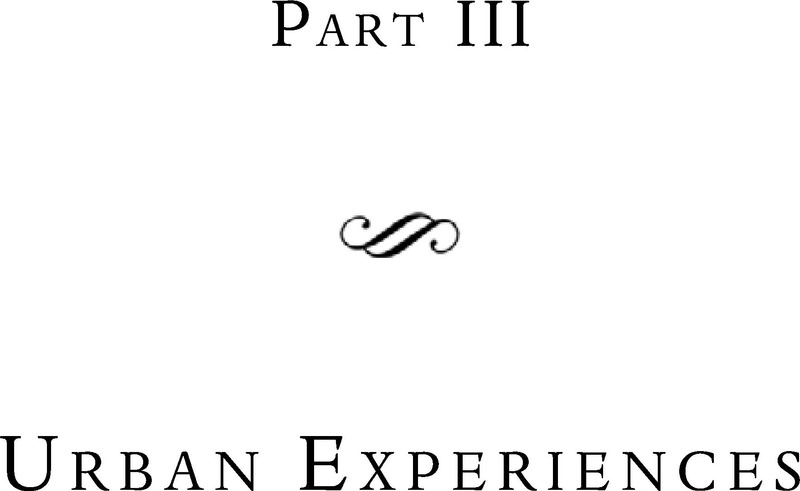Book contents
- The Cambridge Companion to Constantinople
- The Cambridge Companion to Constantinople
- Copyright page
- Dedication
- Contents
- Figures
- Notes on Contributors
- Acknowledgments
- Abbreviations
- Introduction
- Part I The Place and Its People
- Part II Practical Matters
- Part III Urban Experiences
- Part IV Institutions and Activities
- Part V Encountering Constantinople
- Bibliography
- Index
- Cambridge Companions to the Ancient World
- References
Part III - Urban Experiences
Published online by Cambridge University Press: 17 March 2022
- The Cambridge Companion to Constantinople
- The Cambridge Companion to Constantinople
- Copyright page
- Dedication
- Contents
- Figures
- Notes on Contributors
- Acknowledgments
- Abbreviations
- Introduction
- Part I The Place and Its People
- Part II Practical Matters
- Part III Urban Experiences
- Part IV Institutions and Activities
- Part V Encountering Constantinople
- Bibliography
- Index
- Cambridge Companions to the Ancient World
- References
Summary

- Type
- Chapter
- Information
- The Cambridge Companion to Constantinople , pp. 133 - 228Publisher: Cambridge University PressPrint publication year: 2022



